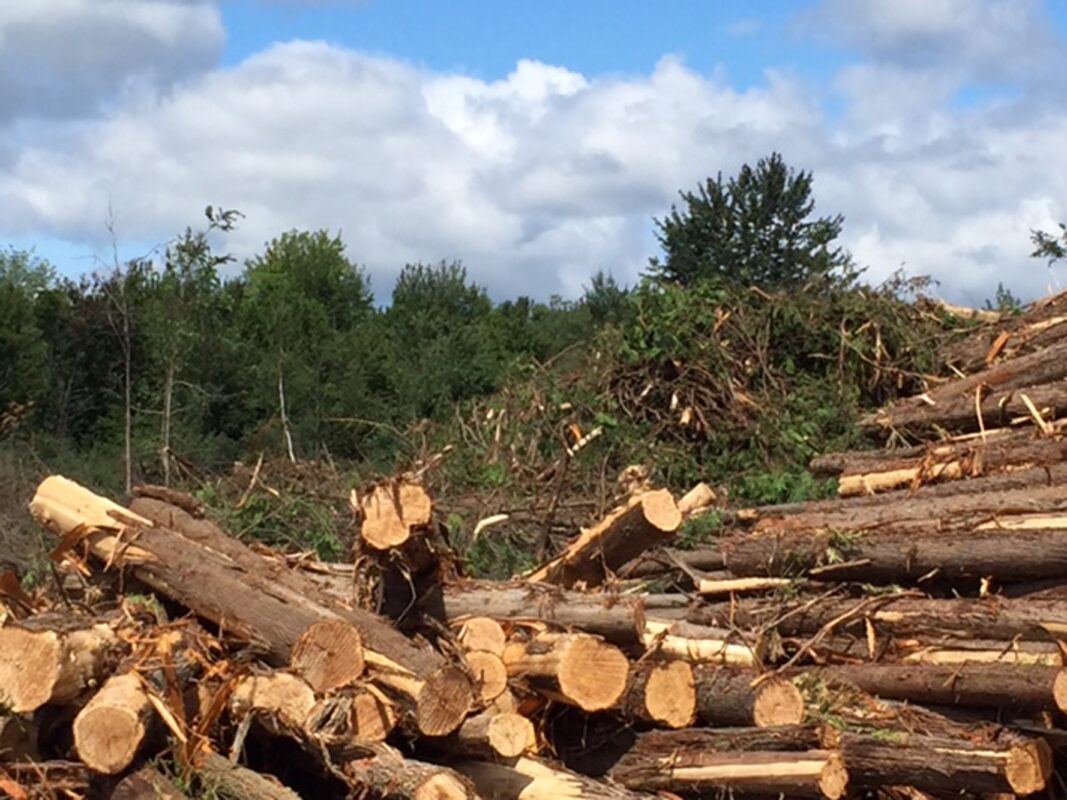
For Immediate Release
Ottawa, May 24, 2012: Community groups and environmental organizations are sounding the alarm that unless the City of Ottawa opts to immediately start treating the bulk of its Ash trees threatened by Emerald Ash Borer (EAB), this City will be facing an economic and environmental crisis not seen before.
The Greenspace Alliance of Canada’s Capital released the attached detailed Position Paper at a news conference today, outlining the economic and environmental consequences if the City fails to adopt a new management approach in dealing with EAB. “We have mounted this campaign because, after doing a great deal of research and talking to experts, we know there is a cost-effective alternative that will save Ash trees, but time is quickly running out for the City to take action”, said Sol Shuster of the Greenspace Alliance.
The group is asking for an immediate moratorium on all Ash tree cutting on City property, except when public safety is a factor. It is urging that saving Ash trees becomes the first priority, using a biopesticide injection to preserve trees until natural biocontrols become established in Ottawa; that a consultant be retained to assist Ottawa Forestry Services in developing a comprehensive evaluation and treatment plan; and that the City work closely with the public and interest groups to develop and implement an integrated strategy for Ash trees on public and private property.
Ash trees represent 25% of Ottawa’s urban tree cover, with 75,000 of these trees on City of Ottawa property. EAB was first observed in Ottawa in 2008, but only 1-2% of these trees have been treated to date. The infestation has spread much more quickly than first predicted. “With pockets of EAB across the City, unless we take immediate action, Ottawa will lose the majority of its Ash trees in the urban area, in a very few years”, said Meg Sears, a scientist working with the group. “With time, biocontrols will keep EAB under control. Ash trees need treatment now, as a stop-gap measure until these other species become established”.
“If the majority of the City’s Ash trees are allowed to die, Ottawa taxpayers will be paying upwards of $100M over the next few years to cut these trees down, as they die off quickly and become a public safety hazard”, said Sears. “What is most alarming is that we know that the City of Ottawa has not budgeted for this huge expenditure”, added Shuster.
“The economic case for treating Ash trees rather than cutting them down is a very strong one, as the cost of treating a tree every two years is approximately $245”, said Donna DuBreuil of the Ottawa-Carleton Wildlife Centre. “Projecting the need for six treatments up to 12 years, the cost would be no more than $1,470 and this cost is amortized over a much longer period. On the other hand, cutting down and replacing a tree costs $1,000 to $1,500 upfront and this does not include the cost of disposing of the wood nor the cost of having to replant saplings that do not survive”, said DuBreuil.
Effect on Homeowner Property Values: Beyond the cost to all taxpayers will be the additional direct impact on property values that the loss of trees on a street has on homeowners. Independent research shows that street trees increase property values by at least 2.4% or, on the market value of the average Ottawa home, $8,400. “People in Elmvale Acres, where some streets have changed overnight from a canopy of green leaves to arid, bare pavement, with so many trees cut down, have lost millions of dollars in property values”, said Louisa Coates, a homeowner.
The scientific community and other EAB experts have come out strongly in favour of biopesticide injection rather than mass culling of trees. A coalition of independent scientists has stated that ‘cost-effective, environmentally sound EAB treatment protocols are now available that can preserve Ash trees through peak EAB outbreaks with healthy canopy intact’. A growing number of communities in Ontario are taking heed.
“We are asking that the Mayor and Councillors take the lead in responding to this crisis. Emerald Ash Borer represents a major challenge that, if left unanswered, will have huge, long-term impacts on City taxpayers and property owners, as well as change the face of Ottawa for very many years”, said Sol Shuster.
The Alliance is awaiting a response to a request for a meeting with Ottawa Mayor Jim Watson.
Attachment: EAB Position Paper – Saving Ottawa’s Ash Trees
For more information:
Sol Shuster (613) 276-7496 sshuster [at] magma.ca
Donna DuBreuil (613) 726-8178 ocwc [at] ncf.ca
Roufa Therrien (613) 295-8307 roufa.therrien [at] gmail.com
Facebook page:
www.facebook.com/saveourashtreespreservonsnosfrenes [no longer online]
See also:
City Hall and Residents must act now to save ash trees (Media release of July 22, 2012)
Emerald Ash Borer: Correspondence with City Hall
City of Ottawa’s Regressive and Costly Response to the Emerald Ash Borer
